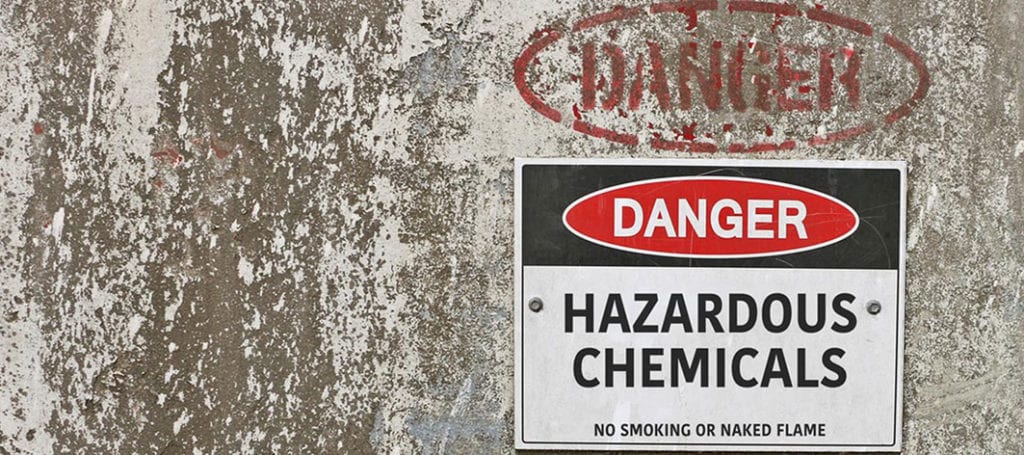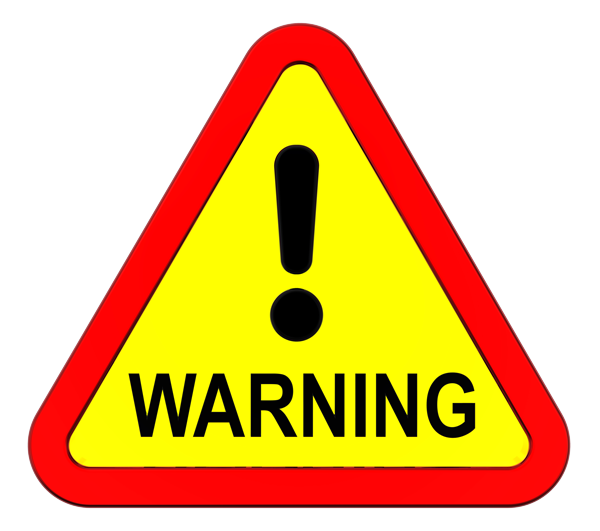
3 Ways to Improve Workplace Hazard Communications
Last modified on August 13th, 2020
You know the phrase, “If anything can go wrong, it will”? Too often, these words from Murphy’s Law ring true especially considering the prevalence of common hazards. Workplace hazard communications prevent employee exposure to dangerous chemical products.
The Occupational Safety & Health Administration (OSHA) reports:
- 32 million employees work with and may be exposed to one or more chemical hazards.
- Approximately 650,000 chemical products exist with hundreds introduced every year.
These figures are alarming, but what’s even more surprising is that most chemical-related injuries are avoidable when potential environmental hazards are identified clearly and accurately. Below are helpful tips on how to improve workplace hazard communications.
3 Ways to Communicate Hazards
1. Post Signal Word Signs
Single word signs indicate the hazard level and alert the reader to a potential risk. Typical signal words are “danger” and “warning.”
It’s important to take into account the unique risks related to your industry that employees face every day. Are workers likely to encounter toxic chemicals nearby? Where are the exposures located? Asking specific questions identifies hazard types, locations and assists with signage selection.

Signal word signs are an ideal way to reduce exposures.
2. Clearly Label Anything Containing Hazardous Chemicals
Many business types require the use of chemicals that may be extremely toxic and harmful. Make sure containers are labeled and descriptive warnings are used. Labeling should also provide specifics on what to do if someone inhales chemical fumes, gets residue into their eyes, or onto exposed skin. In addition, it is important to communicate the severity of the danger, not just that a danger is present. This OSHA Brief is a helpful guide to learn more about labeling types and requirements.
3. Use Symbols to Communicate Danger
A picture says a thousand words. Whether it’s an exclamation mark, flame, explosion, or skull and crossbones, each symbol has its own specific meaning related to the hazard type. Images are very useful when dealing with bilingual employees as most symbols translate across different languages. You can view OSHA’s HazCom Standard Pictograms here.
When chemicals are in the workplace, injury prevention hinges on proactive communication.
Learn more about workplace hazard communications best practices by visiting our safety tool kit page or watching our recent webcast. You’ll discover how to develop and maintain a written HazCom program and we’ll talk about Safety Data Sheets and the importance of employee information and training.
FROM OUR BLOG
SEE MORE POSTS
How To Conduct a Safety Audit: A Step-by-Step Guide

Behavior Based Safety: Your Guide to a Safer Workplace
![OSHA’s Most Frequently Cited Standards [infographic]](https://www.ffvamutual.com/wp-content/uploads/1000-x-450-for-blog-post-main-banner-1.png)
